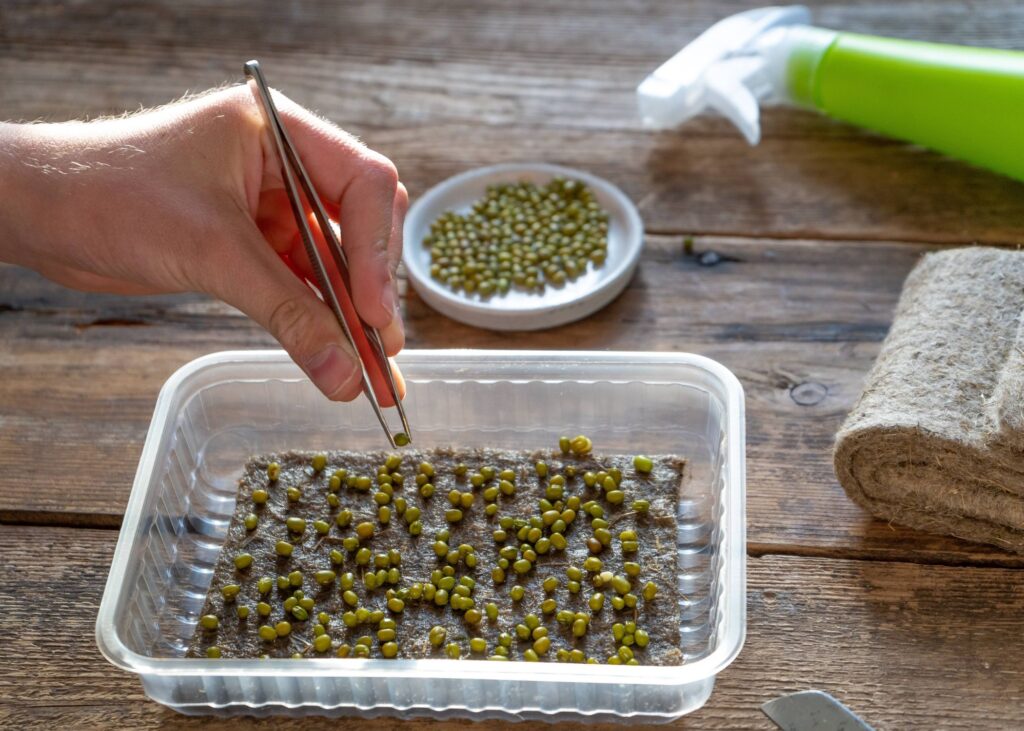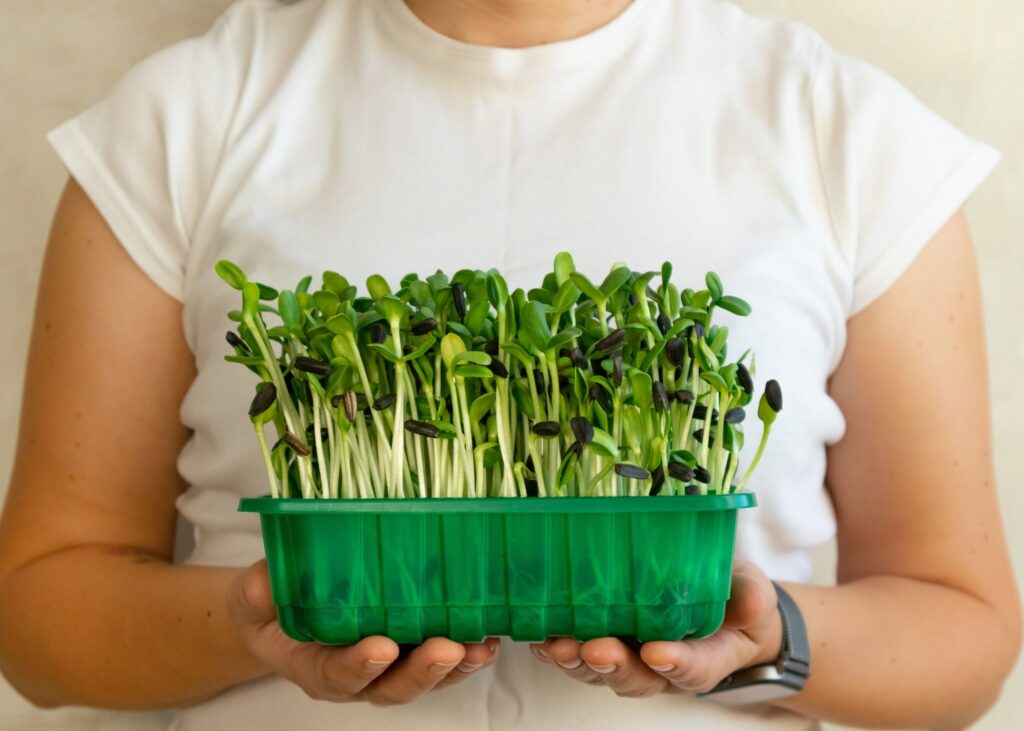
What is a Homestead Garden?
A homestead gardening is the practice of gardening that is typically grown on a small scale and is intended to provide a significant portion of a family’s food supply. Homestead gardens are often grown on a small plot of land, such as a backyard, and are designed to be productive and sustainable.
The types of crops grown in a homestead garden can vary depending on the region, climate, and soil conditions, but typically include a mix of fruits, vegetables, and herbs. Many homestead gardens also include livestock, such as chickens or goats, to provide eggs, milk, and meat.
Homestead gardens are often grown using organic and sustainable practices, such as crop rotation, composting, and natural pest control methods. They are designed to be self-sufficient, providing a family with fresh, healthy food throughout the growing season and preserving excess crops for the winter months.
These gardens are a way for families to take control of their food supply, reduce their reliance on store-bought produce, and promote self-sufficiency and sustainability.
Homestead Garden Staples
Selecting the best crops for your homestead garden can be an important decision that can affect the productivity of your garden for years to come. Here are some tips to help you make the best crop selection for your homestead garden:
- Climate: Consider the climate in your area when selecting crops. Some plants, such as tomatoes and peppers, thrive in warm, sunny conditions, while others, such as lettuce and peas, prefer cooler temperatures. Choosing crops that are well-suited to your climate can help ensure that your garden is productive and healthy.
- Soil: Different crops have different soil requirements. Some plants, such as tomatoes and squash, require nutrient-rich soil, while others, such as beans and peas, can fix nitrogen in the soil.
- Space: Some crops, such as corn and pumpkin, require a lot of space to grow, while others, such as lettuce and radishes, can be grown in smaller spaces. Choose plants that will fit well in the available space you have.
- Yield: Some crops, such as tomatoes and cucumbers, can produce a high yield of fruits or vegetables, while others, such as herbs and greens, may produce a smaller yield. Choose plants that will meet your needs to produce.
- Personal Preferences: Ultimately, the best crops for your homestead garden are the ones that you enjoy eating and growing.

Preparing Soil for Your Homestead Garden
Preparing the soil is an essential step in creating a successful homestead garden. Creating a healthy and productive soil environment will help ensure a bountiful harvest. Here are some steps you can take to prepare the soil for a homestead garden:
- Test the Soil: Start by testing the soil to determine its pH level and nutrient content. You can purchase a soil test kit from a garden center or send a sample to a soil testing laboratory. This will help you determine what amendments may be needed to improve the soil quality.
- Remove Debris: Clear the garden area of any weeds, rocks, or debris that may hinder plant growth.
- Loosen the Soil: Use a tiller or garden fork to loosen the soil to a depth of at least 8-12 inches. This will help to improve soil drainage, aeration, and root penetration.
- Amend the Soil: Based on the results of your soil test, add any necessary amendments to improve soil fertility. This may include adding compost, organic matter, or fertilizers to increase the nutrient content of the soil.
- Mulch: Apply a layer of organic mulch, such as straw or shredded leaves, to the soil surface. This will help to conserve soil moisture, suppress weed growth, and improve soil structure over time.
- Patience: Allow the soil to rest for a week or two after amending it before planting to allow the soil to settle and for the amendments to take effect.

Composting Techniques for a Nutrient-Rich Soil
Composting is a natural process of decomposing organic materials into a nutrient-rich soil amendment that can be used to improve soil fertility in your garden. Here are some techniques you can use when composting for your garden:
- Choose the right location: Select a dry, shady spot in your yard for your compost pile. This will help to prevent the compost from drying out in the sun or getting too wet during rain.
- Collect compostable materials: Collect a variety of compostable materials, such as fruit and vegetable scraps, coffee grounds, eggshells, leaves, grass clippings, and shredded newspaper.
- Layer your materials: Alternate layers of green materials, such as fresh grass clippings and vegetable scraps, with brown materials, such as dried leaves and shredded newspaper. This will help to balance the carbon-to-nitrogen ratio in your compost pile, which is essential for healthy compost.
- Keep it moist: Keep your compost pile moist, but not too wet, by adding water as needed. Aim for a consistency similar to a damp sponge.
- Turn the pile: Turn your compost pile regularly to aerate the compost and speed up the decomposition process. Use a pitchfork or garden fork to mix the materials in your compost pile thoroughly.
- Add finished compost to your garden: Once your compost has turned into a dark, crumbly soil amendment, it is ready to use in your garden. Spread it on your garden beds and mix it into the soil to improve soil fertility and water retention.
Irrigating and Watering Your Garden
Irrigating your homestead garden is an essential step in maintaining healthy plant growth and ensuring a bountiful harvest. Here are some tips on how to irrigate your homestead garden effectively and efficiently.
The type of irrigation system you choose will depend on the size of your garden, the type of plants you are growing, and the availability of water in your area. Some common irrigation systems include drip irrigation, soaker hoses, and sprinklers.
Rather than watering your garden daily, water deeply and infrequently to encourage deep root growth and reduce water waste. Aim for 1-2 inches of water per week, depending on your climate and soil type.
Water your garden in the morning to reduce water loss through evaporation and to allow foliage to dry before nightfall, which can reduce the risk of fungal diseases.
Apply a layer of organic mulch, such as straw or shredded leaves, around your plants to help retain soil moisture and reduce water loss through evaporation. Try collecting rainwater in a rain barrel or other container and use it to irrigate your garden. Rainwater is free of chlorine and other chemicals found in tap water and can provide a reliable source of irrigation during dry spells.
Use a moisture meter or simply stick your finger into the soil to determine when your garden needs watering. Water when the soil feels dry to the touch, but not completely dried out.
Advantageous Companion Planting
Companion planting, also known as buddy planting, involves planting two or more different plant species close together to take advantage of the benefits that they provide to each other. Here are some benefits of companion planting:
- Pest Control: Certain plant species produce natural compounds that repel or deter pests. By planting these species next to more vulnerable plants, you can help to protect them from pest damage. For example, planting marigolds alongside tomato plants can help to deter nematodes.
- Improved Soil Fertility: Some plant species are “nitrogen-fixers,” meaning that they can convert atmospheric nitrogen into a form that plants can use. By planting these species alongside nitrogen-loving plants, you can help to improve soil fertility and reduce the need for synthetic fertilizers.
- Improved Pollination: Some plant species, such as flowering herbs, can attract pollinators, such as bees and butterflies, to your garden. This can help to improve pollination rates and increase the yield of fruiting plants.
- Weed Suppression: Some plant species, such as groundcovers and tall grasses, can help to suppress weed growth by blocking sunlight and competing for nutrients.
- Increased Yield: By planting compatible plant species together, you can help to create a healthier, more diverse garden environment that can lead to increased plant growth and yield.
Homestead Gardening Tools
Starting a homestead garden requires a few basic tools to help you prepare the soil, plant your crops, and maintain your garden. Having these basic tools on hand, you will be well-equipped to start and maintain a homestead garden.











